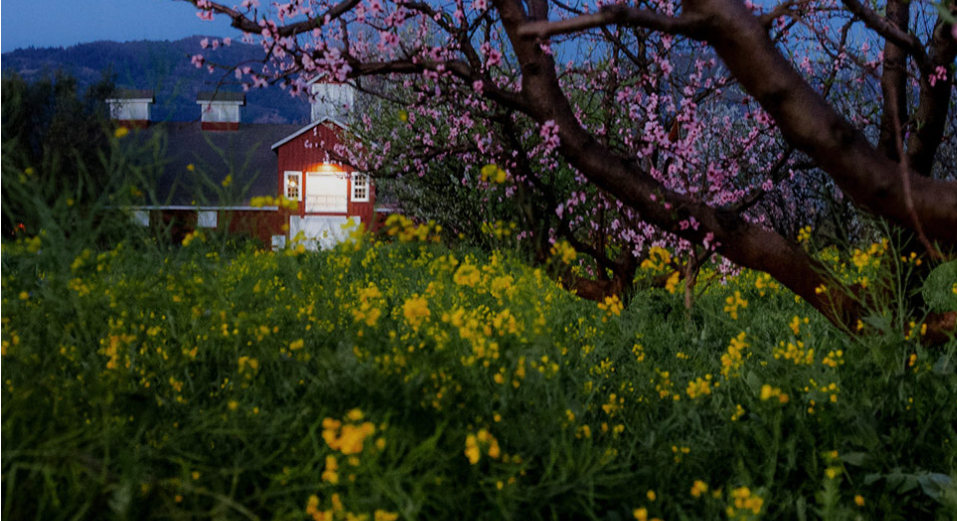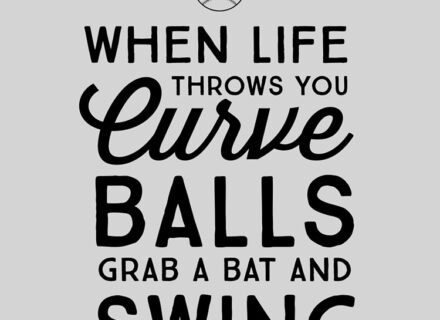I try to look for lessons in everything I do. Whether I’m watching a movie, having a conversation with my seven year old son, reading a book, or even on a winery tour. There are lessons to be learned everywhere. You just have to look for them and have an open awareness that allows you to pick out the nuggets you might otherwise miss.
Back from an incredible trip to wine country (Napa Valley, CA), I’ve been thinking a lot about the tour we took of the Frog’s Leap Winery. The wine is pretty darn good, but the tour, and stories that guided the tour, is what made it something special.
This post is less about wine and wine tours, and instead about storytelling and the influence of a great story on the sales process.
Wine, largely a commodity, can be purchased for as little as a few bucks per bottle at your local grocery store. Of course, there’s the really expensive stuff that might cost you thousands, if not hundreds of thousands of dollars, but we’ll focus on the $10-$40 wine category for now since it’s the largest segment of the global wine market. For the purposes of this post, think of this segment of the wine market like whatever crowded market your business operates in. Marketing automation software, ‘cloud services’, shoes, clothing, etc etc. Just insert your business category where appropriate to connect the dots for yourself.
Frog’s Leap wine sells in the $20-$40 dollar range at retail locations. I have no idea how their sales compare to others in this segment, but I do know that they tell a great story. A story that undoubtedly made their wine taste better than it likely would have without the story. A story that made my wife and I feel connected with what they believe to be true about how wine should be made. And beyond that, a story that makes us want to see them do well because of their founders journey.
Shannon was our tour guide, and a wonderful tour guide at that. But, really, Shannon was a great salesperson. Kind and friendly from the start, she asked us a few questions to get an idea of our level of awareness and experience with their wines, and the region in general. (Is this your first time to Napa? Have you been to Frog’s Leap before? Reds or Whites?). Curious, non-invasive questions that would help her better tailor the tour. After handing our glasses of the first wine to taste [a Chardonnay] we headed out on the tour.
A story that makes us want to see them do well because of their founders journey.
She set the stage by encouraging our group to ask any questions we had along the way. This was about us getting the best personal experience. Some of the questions would be referenced in later parts of the tour. The one ever present theme throughout the tour was the ‘why’ behind the decisions they’ve made with their farming and wine making practices. From the founders story in starting up in the wine business, to their decision to ‘dry-farm’ their grapes, how deep the vine roots tapped into the earth, and the mission to have a fully sustainable farm (food, solar, organic wine, and more). The vividness of the story being told was admirable.
The entire experience felt like a conversation among interested parties. Laughs, curiosity, questions, friendly banter. This was not a sales pitch. It was a great sales pitch.
Tell great stories. Be different.
At the end, we sat together at a picnic table in the garden and sampled a few more wines. A bit more storytelling, and then ultimately the conclusion. “I’ll let you all sit here and enjoy your wine. If you have any other questions for me or would like to take some wine with you, I’ll be here.” Yes please!
We live in a crowded world where things all sound and look the same. As sales and marketing professionals we need to be better storytellers. We need to paint vivid pictures of what we can do for our customers, but also why we do it. Why the choices we’ve made in our businesses are notable and different than our competition. Not better, but different. This is not feature/benefit comparisons, these are stories.
Tell great stories. Be different.



